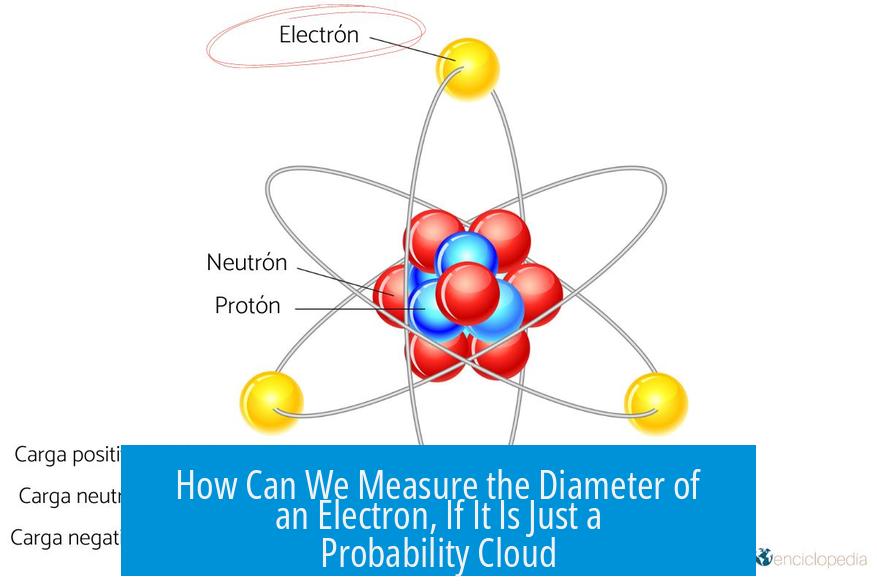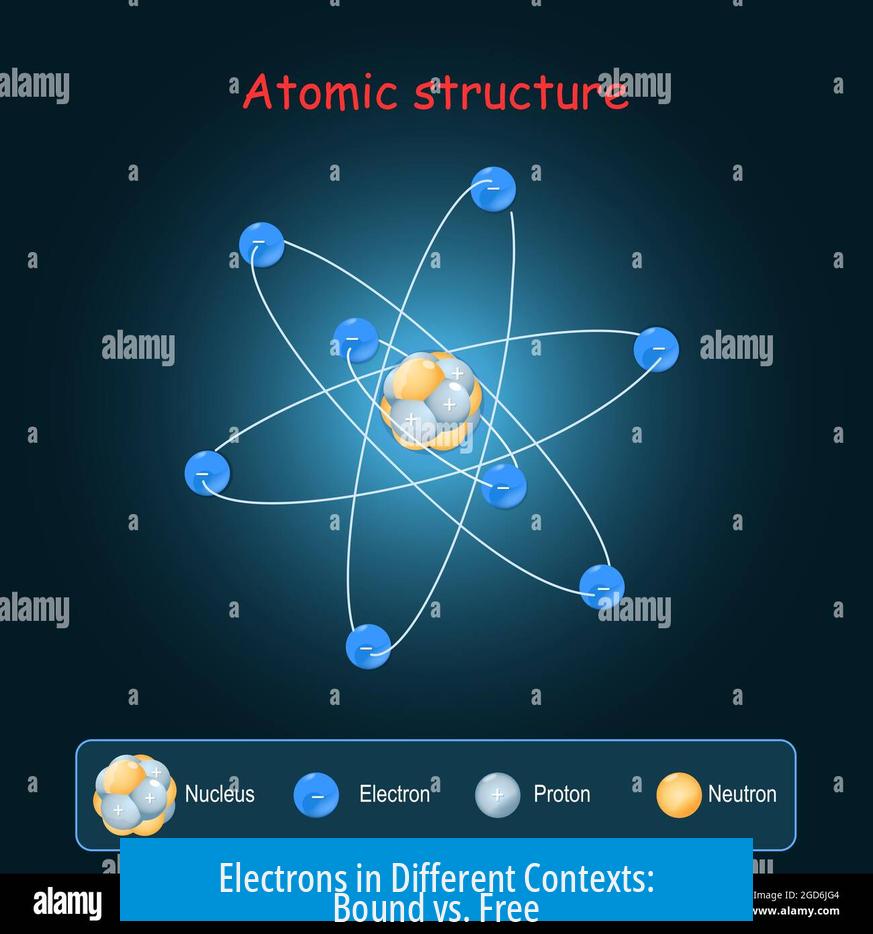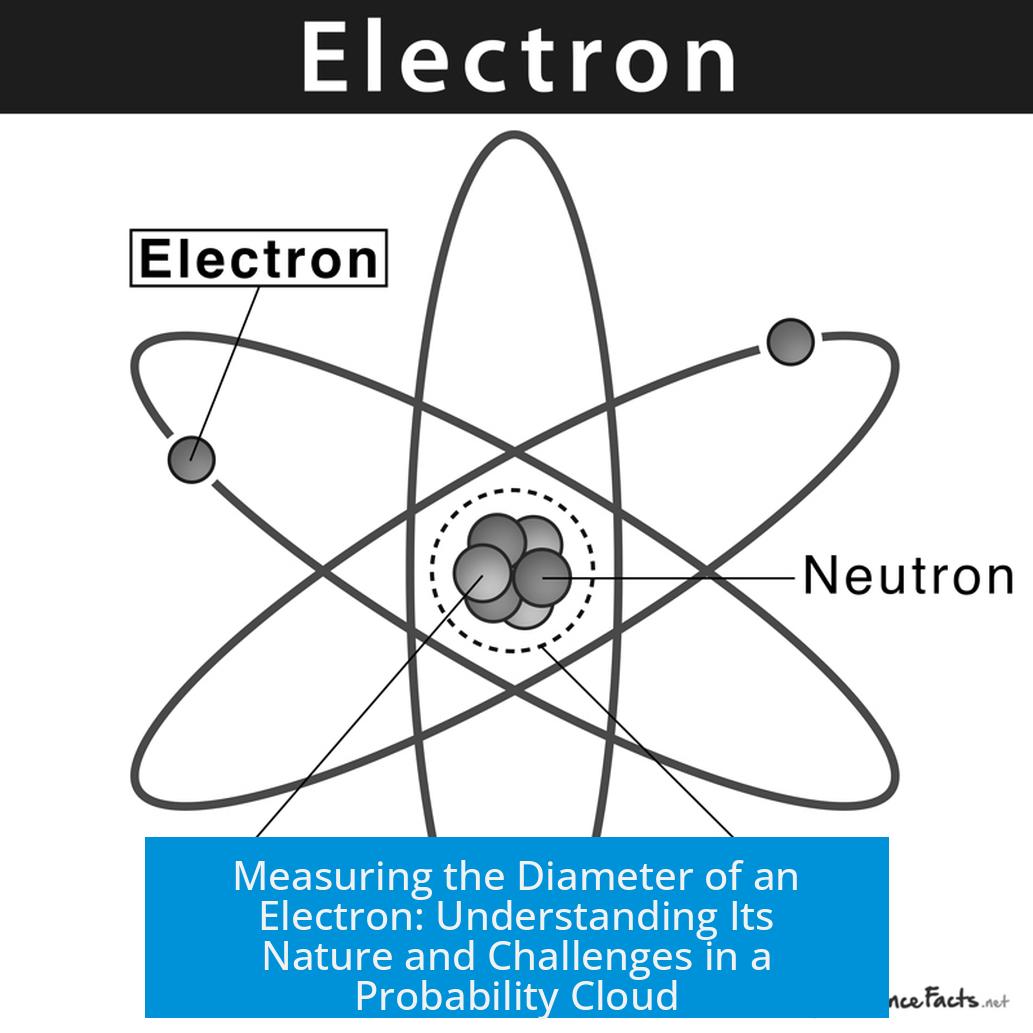How Can We Measure the Diameter of an Electron, If It Is Just a Probability Cloud?

The electron’s diameter cannot be precisely measured because it behaves as a quantum probability cloud and is considered a point particle with no definite size. Instead, physicists estimate an upper bound on its effective “size” using high-energy experiments. The electron’s wave nature, described by quantum mechanics, overrides classical concepts of size, making direct measurement impossible.
Understanding the Electron’s Nature
Electrons exist not as solid spheres but as quantum objects described by a wave function. This wave function expresses the probability of finding the electron in various locations. When measured, the electron appears localized in a tiny region, yet it fundamentally behaves like a wave spread through space.
Classical physics once assigned a “classical electron radius,” roughly 2.8×10^(-15) meters, but this value is only a calculational tool, not a physical size. Modern physics treats the electron as a point particle — meaning it has no measurable radius or internal structure.
This point-particle concept aligns with principles of quantum mechanics and the Standard Model of particle physics. According to current evidence, the electron does not occupy a physical volume but is instead described by its quantum wave characteristics.
Challenges in Measuring the Electron’s Size
The electron’s probabilistic wave nature creates inherent challenges for defining or measuring a diameter. Unlike macroscopic objects, the electron does not have sharp boundaries. The position is known only as a probability distribution, often called a probability cloud.
- Choosing a spatial limit for the electron’s position involves arbitrary probability thresholds (e.g., 99% probability).
- Such limits reflect the electron’s spatial distribution in specific quantum states, not a fixed size.
- No direct measurement currently can isolate the electron’s diameter apart from its wave behavior.
The result: measurements can only place an upper bound on the electron’s “size” by examining effects such as scattering and collision cross sections, not an exact diameter.
Estimation Techniques: High-Energy Particle Collisions
One experimental approach relies on particle physics collisions at very high energies. In these experiments, electrons collide with other particles or each other, and physicists measure cross sections — effective areas representing the likelihood of interaction.
The idea is:
If the electron had a finite radius r, the cross section at very high energies would plateau near the classical geometric area π(2r)2.
However, quantum effects alter this simple picture. At sufficiently high energies, electron-positron pair creation and relativistic effects complicate the results. Despite extensive experimentation, no deviation from point-like behavior has been observed down to scales of ~10−22 meters, an extremely small upper bound on the electron radius.
For comparison:
| Particle | Approximate Radius Limit (meters) |
|---|---|
| Electron (upper bound) | 10−22 |
| Proton | ~10−15 |
| Neutron | ~10−15 |
Protons and neutrons have measurable sizes because they consist of quarks and have internal structure. Electrons, as elementary particles, appear point-like in current experiments.
Electrons in Different Contexts: Bound vs. Free

When electrons are bound within atoms, their wave functions form distinct probability clouds over defined spatial regions. These orbitals describe where an electron is likely to be found but do not imply a physical diameter.
Electrons unbound from atoms exist as wave packets, spreading over space with uncertain position and momentum. Even as free particles, they remain quantum objects without defined edges. The concept of diameter loses traditional meaning in these contexts.
Implications and Physical Meaning of Electron “Size”
Classical notions like “size” or “diameter” derive from everyday objects. At the quantum level, such properties often become undefined or nonapplicable. For electrons, size is better interpreted as an upper bound derived from how the particle interacts in scattering tests rather than a fixed dimension.
Physicists often talk about the classical electron radius as a mathematical convenience—for example, in estimating electromagnetic interaction scales—but it does not reflect a true physical boundary.
Summary of Key Points
- Electron acts as a quantum probability wave, not a classical particle with a fixed size.
- Exact measurement of electron diameter is currently impossible; quantum uncertainty governs its localization.
- High-energy collision experiments provide only upper bounds (~10−22 meters) on electron radius.
- Electrons in atoms form probability clouds, while free electrons behave as wave packets without sharp boundaries.
- Classical electron radius exists as a theoretical concept but does not represent actual size.
- Elementary particles like electrons differ fundamentally from composite particles like protons, which have measurable dimensions.
Understanding the electron’s “size” requires accepting quantum mechanical principles. The electron remains one of the smallest known entities, without observable diameter but with a well-defined quantum existence.





Leave a Comment